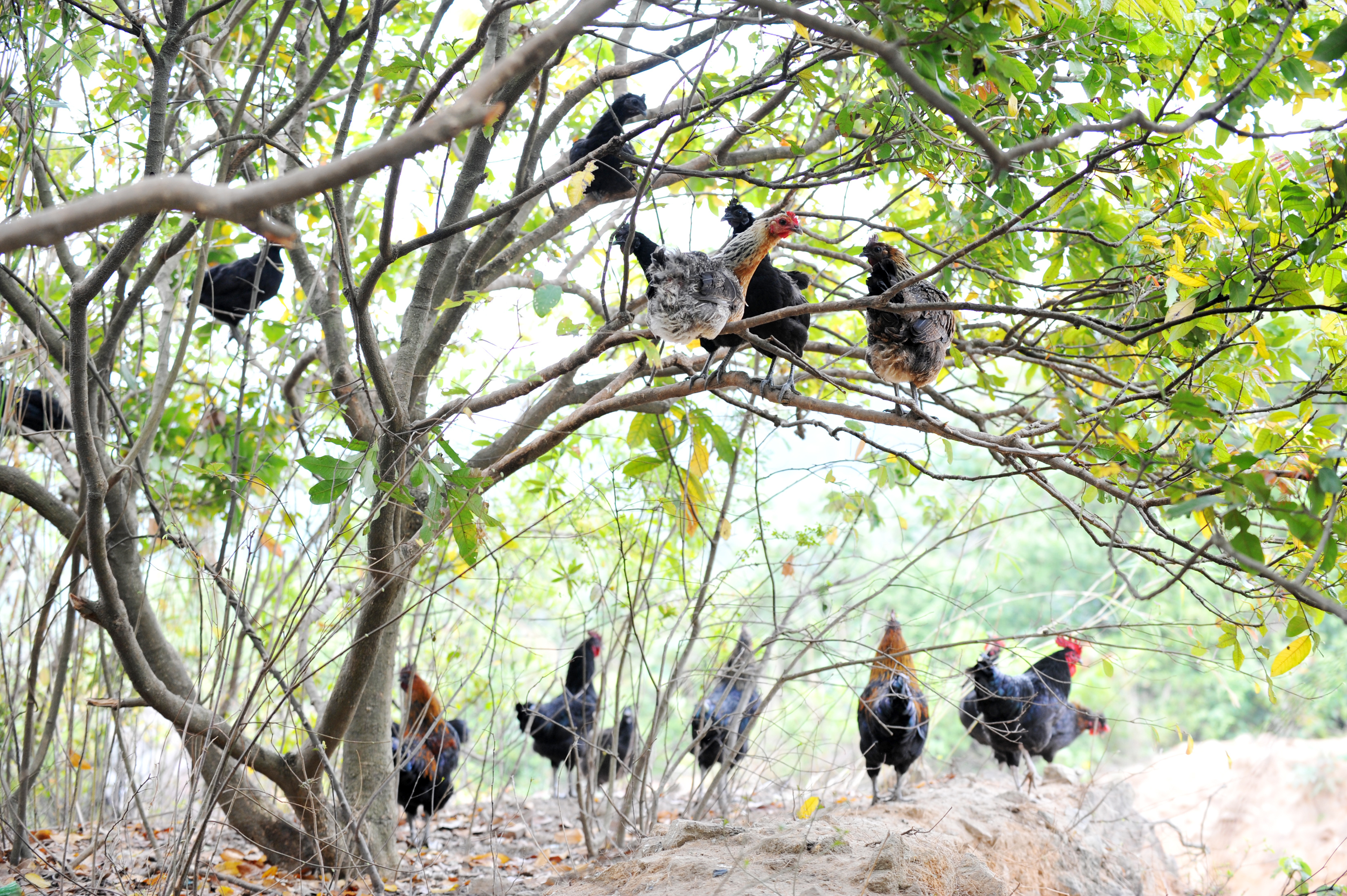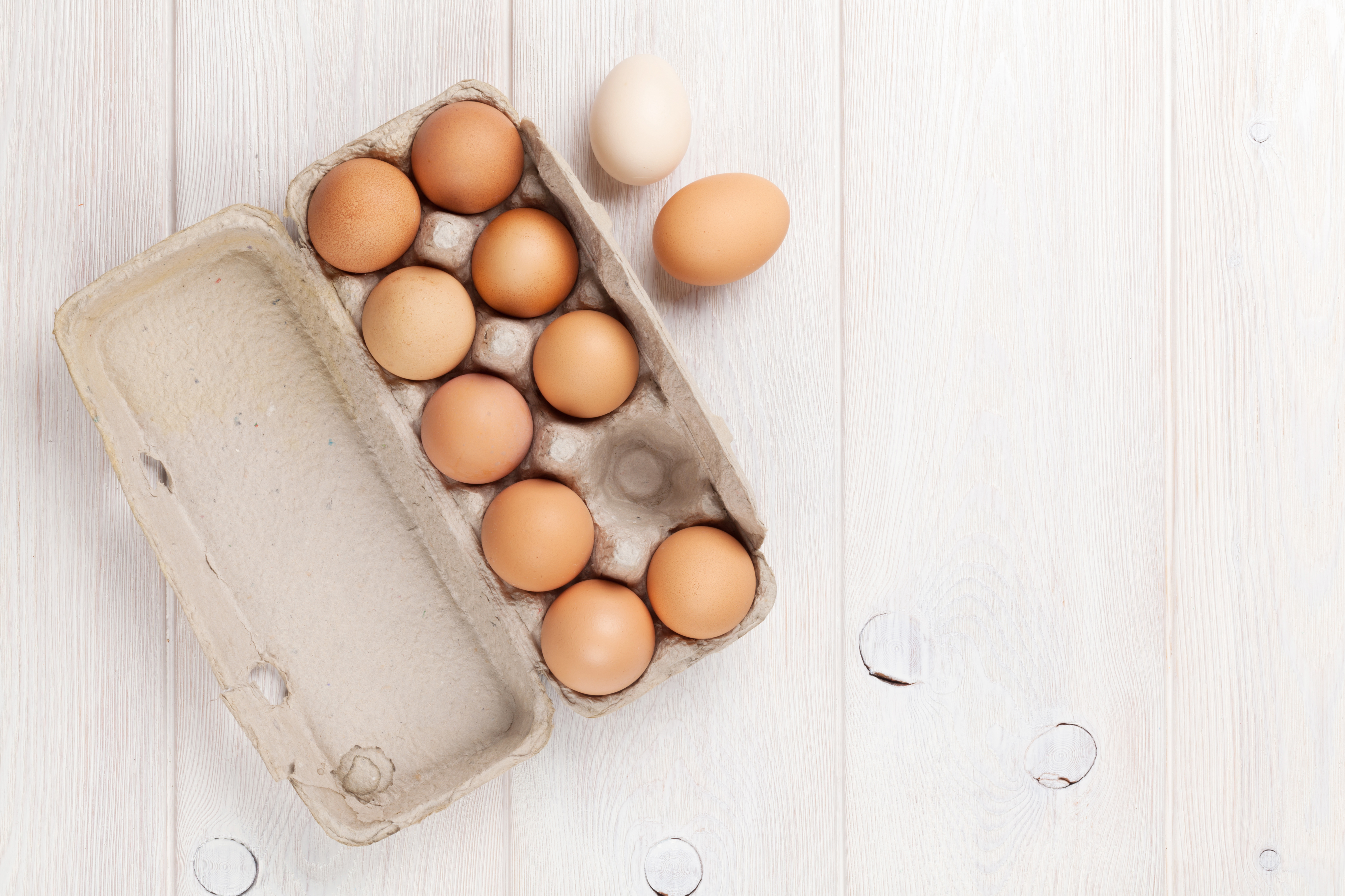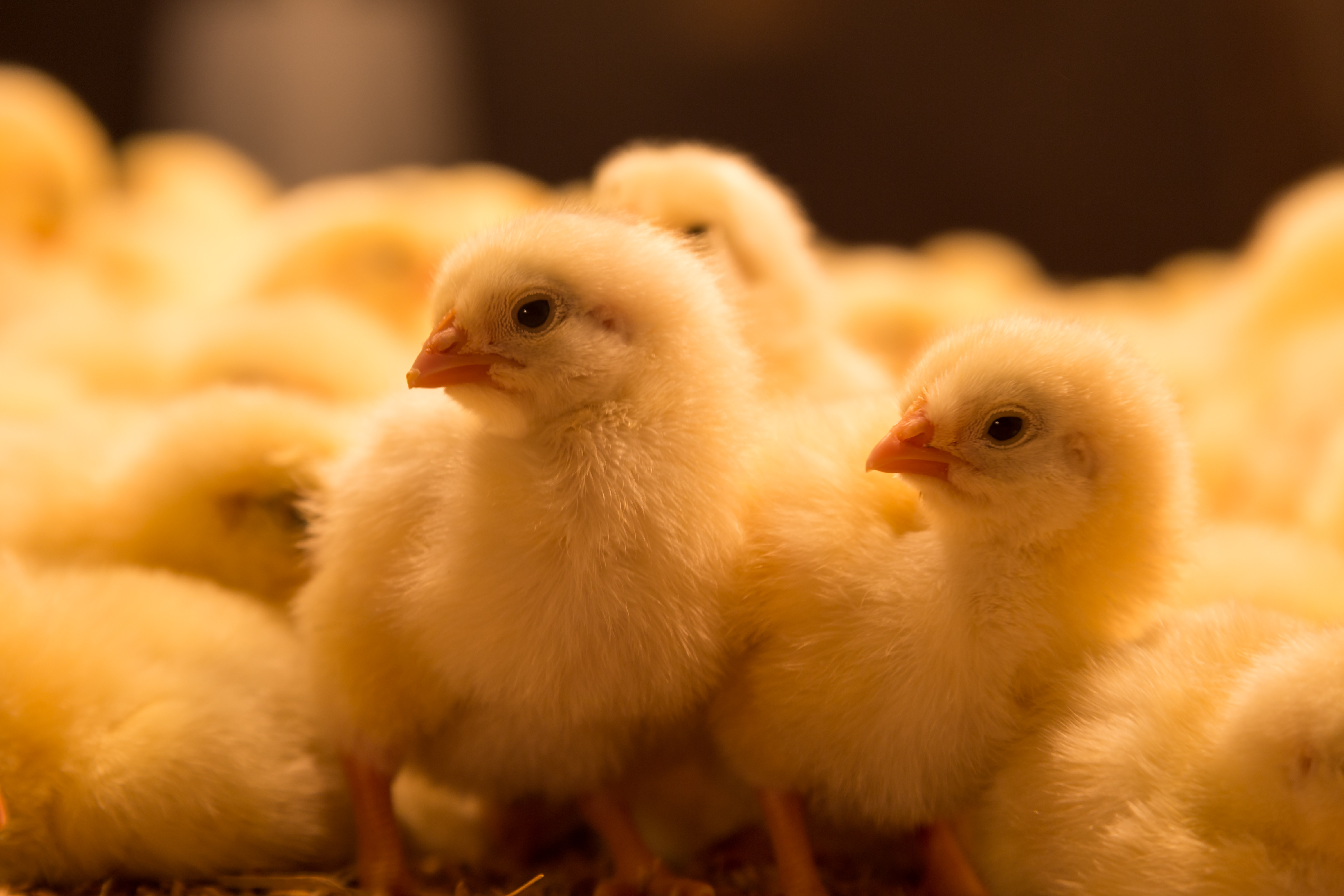



The Chicken Whisperer: how to water a backyard flock
In this podcast, Chicken Whisperer Andy Schneider sits down with Dr Brigid McCrea to discuss tips and tricks for getting the most out of watering systems for backyard birds.Part of Series:
< Previous Article in Series Next Article in Series >
Chickens need a constant supply of cool and clean water in order to meet their basic needs. There are plenty of watering systems available to backyard poultry keepers but choosing the best set-up for your birds can be confusing. Nipple drinkers, water fonts and self-contained systems safely deliver water to poultry, but there are trade-offs with each method.

In this podcast, poultry expert Brigid McCrea from 4-H Youth Development discusses the differences between backyard watering systems and gives her insight into ensuring you get the most out of them.
The logistics of open water systems
Open water systems like troughs, cups and buckets are a good option for poultry keepers who can devote enough time to cleaning and monitoring them. They are also a good option for multi-species flocks or flocks with different sized birds.
Backyard keepers using this system need to make sure there’s enough space for all the birds to access the water drinker. The general consensus is that the larger the bird, the more space they need to drink comfortably. Though researchers haven’t established the precise number of linear inches per bird needed, they can offer a few rules of thumb to allow backyard keepers to get the most out of this type of system.
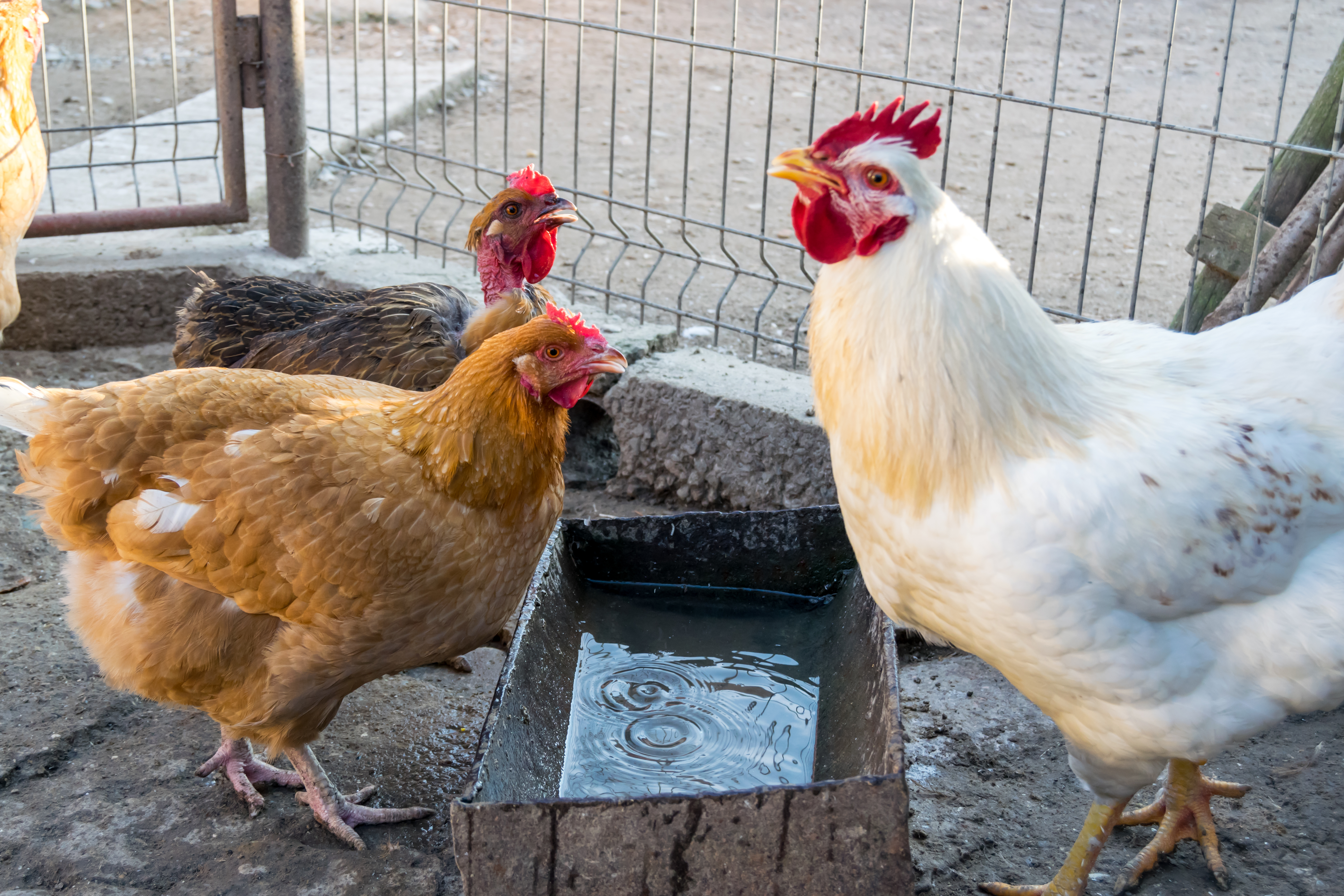
- For baby chicks, keepers should estimate needing 1 gallon of water per 100 individuals
- Birds 1-3 weeks old will need .3 to .4 inches per chicken spread over multiple gallon drinkers
- Birds 4-9 weeks old will need .5 inches per bird spread over multiple gallon drinkers
- Birds 10-20 weeks old will need 1 inch of circular or linear space
- Laying hens will need 1 inch per bird of open watering trough space
If using this system, McCrea recommends setting up the troughs so they’re about as high as the back height of the birds. McCrea also cautions that open water systems need to be monitored in order to ensure the water remains cool and contaminant-free.
Getting the most out of nipple drinkers
Nipple drinkers originally came from commercial poultry production and have been adapted to work in backyard operations. This type of system has multiple benefits: it lets the birds access water at will and since they’re enclosed, there are fewer opportunities for contaminants like feathers, faeces or dust to enter the system. Since many of the systems are pressurised, it prevents the water from becoming stagnant. It also doesn’t need to be cleaned as often as open troughs or fonts.
However, there are some issues with this system. Constant dripping can cause wet litter and puddles where flies can breed. Nipple drinkers are also susceptible to changes in the weather. They can freeze during the winter and need to have their temperature monitored in the summertime to prevent the water from becoming too warm.
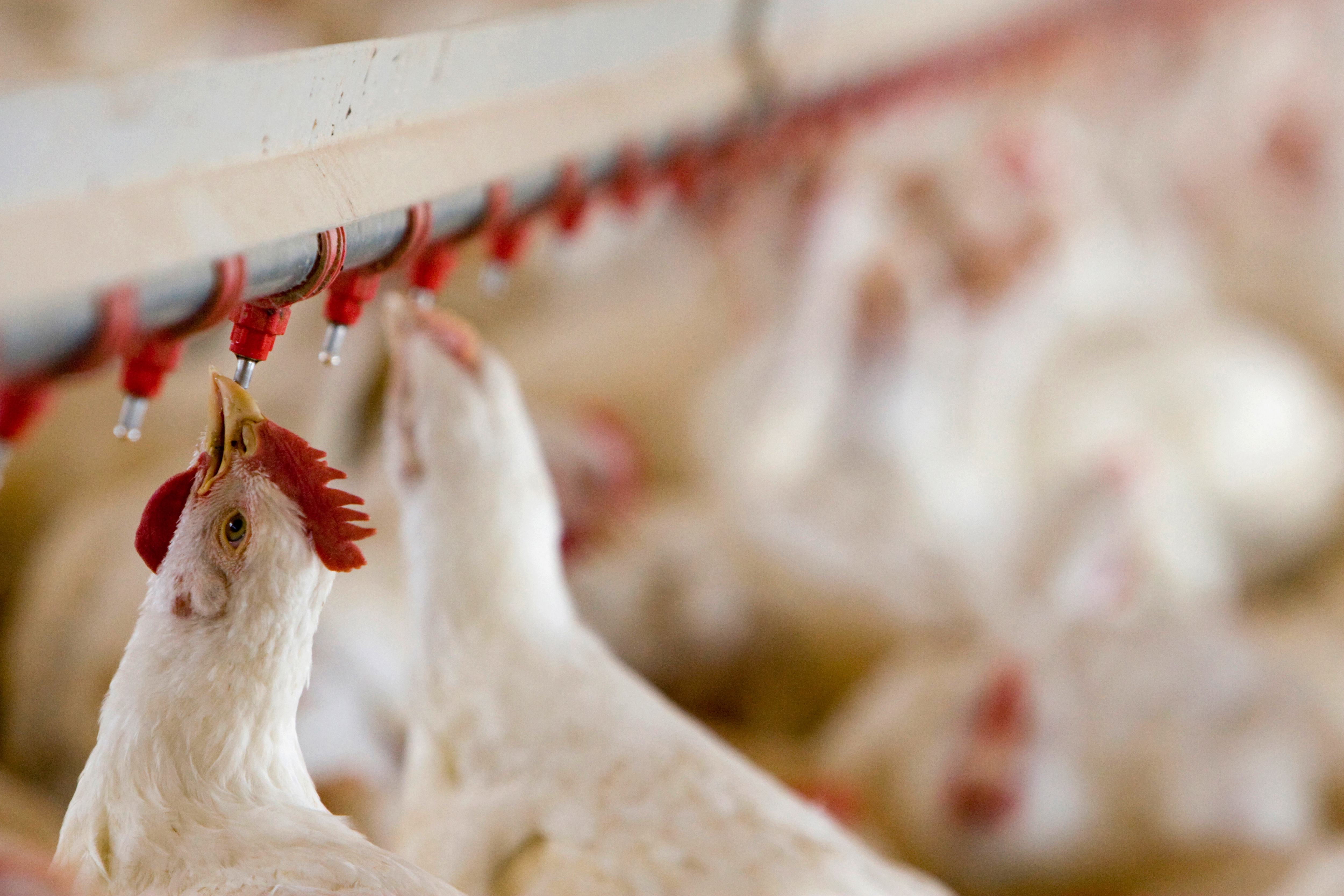
Hard water may also present a challenge to keepers who use nipple drinkers. McCrea warns that a layer of detritus may form in the drinkers due to the extra minerals. These systems are also challenging to clean – sometimes requiring high-pressure flushing and additional scrubbing in order to keep bacteria at bay.
If investing in this system, McCrea suggests that keepers purchase yellow nipple drinkers (birds find the colour attractive) and to make sure that the drinker is set at the appropriate height for the birds. For best results, the nipples should be over the chickens’ heads. If backyard keepers need to accommodate birds with different heights, this system may not be the best option.
Containing contaminants
In general, McCrea expresses a preference for closed water systems over open ones. Having an enclosed system means that it’s easier for keepers to prevent dust, faecal material, shavings and feathers from contaminating the water source. If poultry keepers can ensure that the water is circulating within the system, enclosed set-ups allow the water to remain fresher for longer.
According to McCrea’s research, open water systems can allow bacteria to proliferate at a much higher rate than closed systems. In her experience, it takes a month for an enclosed system to generate similar numbers of bacteria found in open water systems after a few days.
Managing water temperature in the drinking system
Temperature is a crucial issue for watering systems. Backyard birds will avoid drinking water if it’s too warm. This could trigger problems like delays in laying, dehydration and heatstroke – which could be deadly.
If keepers are using an open water system, McCrea suggests creating a simple toolkit to manage the water temperature. Keeping a thermometer, frozen water bottles and ice cubes available for the water font will allow producers to quickly cool down the birds’ water.
There are other methods for managing water temperature. If a font system or trough is being used, McCrea suggests moving watering systems into the shade and keeping them out of direct sunlight. If possible, use hoses that are a light colour and bury them in the ground. This will minimise their contact with sunlight and prevent the temperature from creeping up over the course of the day.
Other tips for watering systems
If keepers change their watering system, McCrea recommends removing the old system entirely. Chickens will stick with the watering system they’re familiar with, so don’t give them a choice between the two systems.
In terms of long-term maintenance, McCrea recommends cleaning the water system weekly. This will keep bacteria at bay, and also make sure that you can spot any issues in the system as it arises. “My basic reasoning when looking at the water system I use for my flock is, ‘would I drink from it?’, if the answer is ‘no’, then don’t ask your birds to.”
McCrea also stresses that keeping backyard birds happy and healthy is a time-consuming process. “If you’re always in a hurry, you may need to get a new hobby”.











